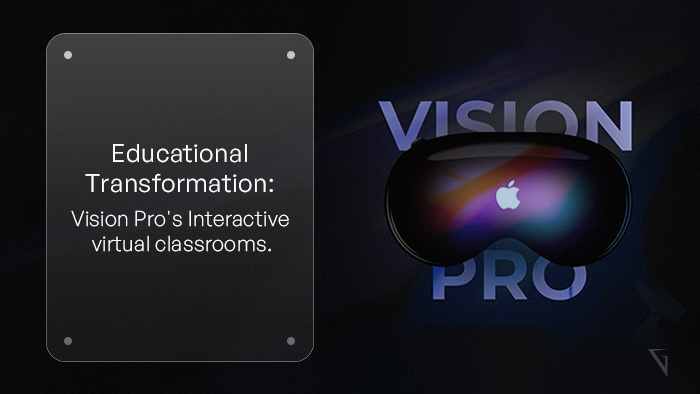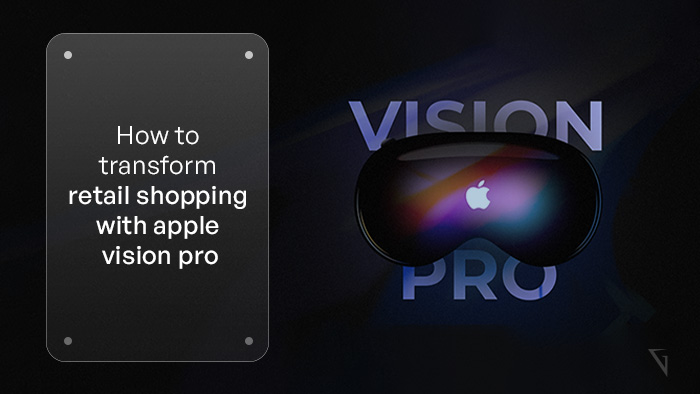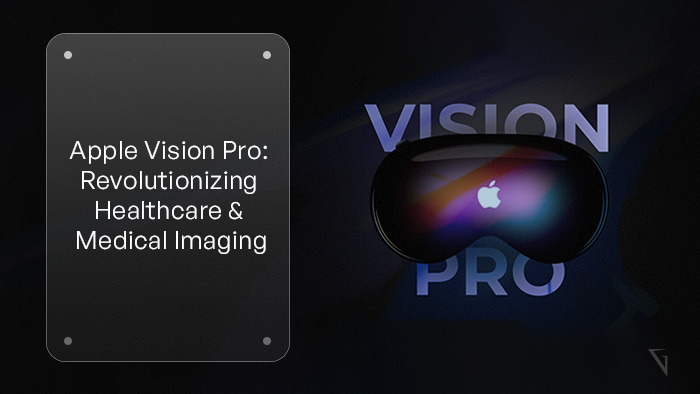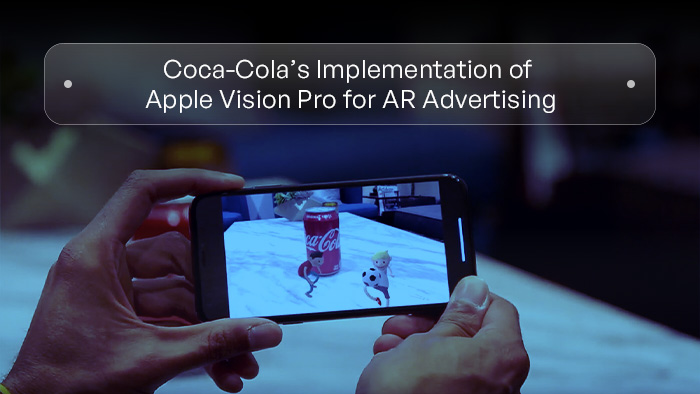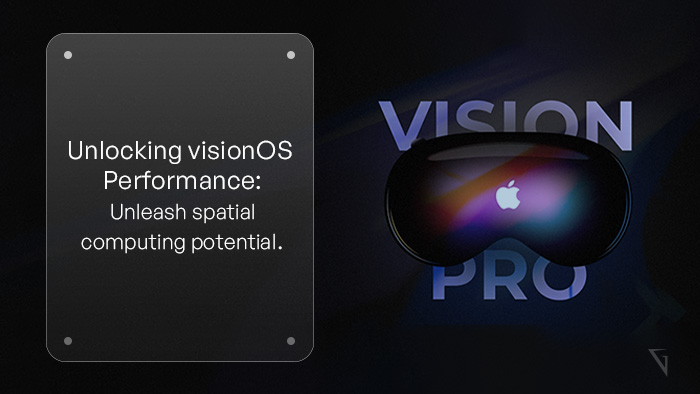
Optimizing Performance for visionOS: Unleashing the Full Potential of Spatial Computing
VisionOS, with its spatial computing capabilities, opens up a world of possibilities for immersive and interactive experiences. To deliver the best user experience, it is crucial to optimize the performance of your visionOS applications. In this blog post, we will explore various techniques and best practices to unlock the full potential of spatial computing on visionOS and ensure your applications run smoothly and efficiently. Understanding Spatial Computing: First, let’s gain a deeper understanding of spatial computing and its significance in visionOS. Learn how spatial computing integrates virtual and augmented reality with the physical world, enabling realistic and interactive experiences. Explore the benefits and challenges of developing for spatial computing and how performance optimization plays a vital role in delivering seamless experiences. Profile and Identify Performance Bottlenecks: Before optimizing your visionOS application, it’s essential to profile and identify performance bottlenecks. Learn how to use tools like Xcode’s Instruments to analyze CPU, memory, and GPU usage. Identify areas of your code or resource-intensive operations that impact performance and prioritize optimization efforts accordingly. Efficient Rendering
